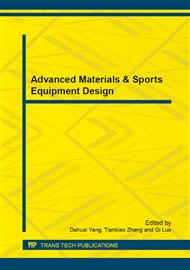p.171
p.177
p.182
p.188
p.194
p.199
p.204
p.210
p.216
An Ergonomic Computer Mouse for Professional Designers
Abstract:
Some criteria for designing an ergonomic mouse for professional computer users via scenario-based design are presented in order to decrease Work-Related Musculoskeletal Disorders (WMSDs) especially in upper limbs. Library research studies performed based on 5W-H approach extremely tend to medical, ergonomics and functional affairs. Since this study was user-centered design (interaction design), practical research studies performed for better comprehension of users needs by making use of questionnaire, interview and observation procedures in three field of design: ergonomics, functional and aesthetics. First, target group divided into three categories by using AHP method: A-users who work professionally with design, graphic and animation softwares; B-users who work professionally or unprofessionally with other softwares; and C-users who work professionally with engineering softwares. Then, 56 questionnaires are presented to this group and also they interviewed and 15 ones observed during interaction with computer mouse. Finally, 23 design criteria achieved and final idea designed based on these criteria. The most important notes that considered in final design are neutral position of wrist, ulnar deviation prevention and preventing from static and powerful grips.
Info:
Periodical:
Pages:
194-198
Citation:
Online since:
October 2013
Authors:
Price:
Сopyright:
© 2014 Trans Tech Publications Ltd. All Rights Reserved
Share:
Citation:


